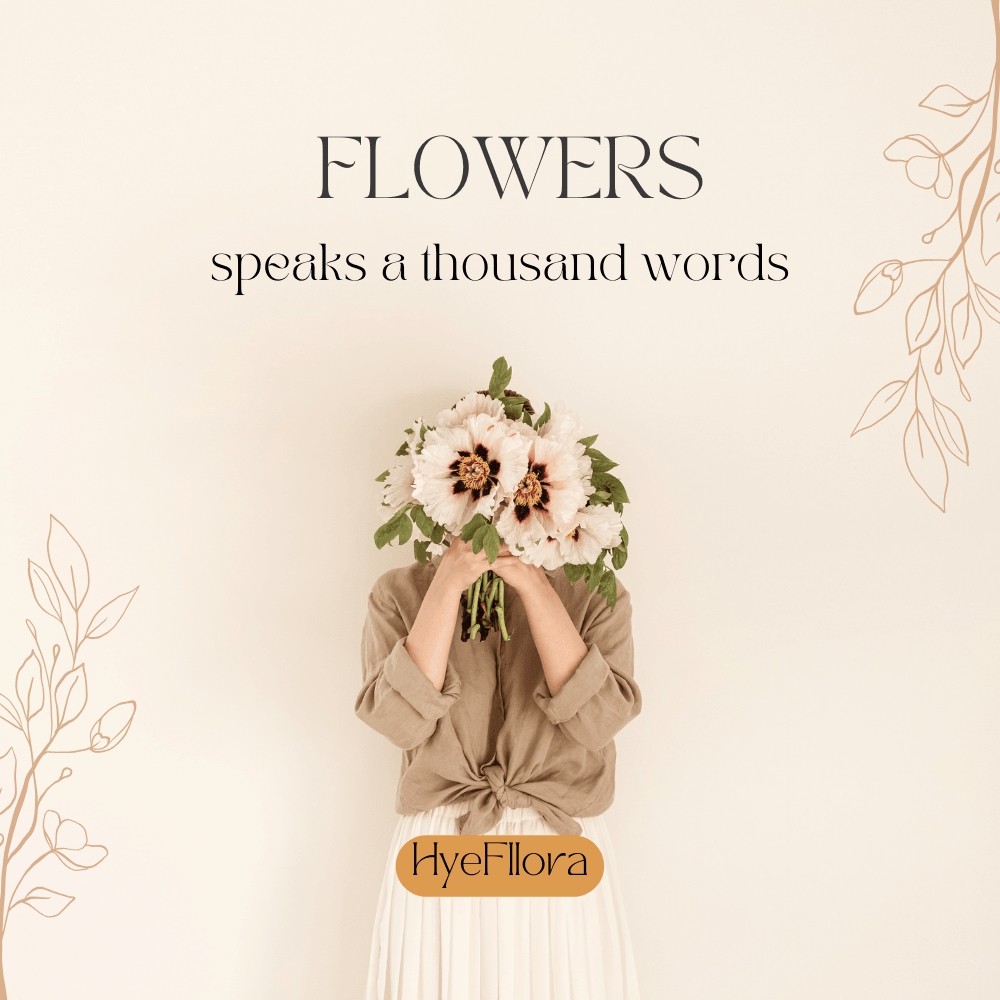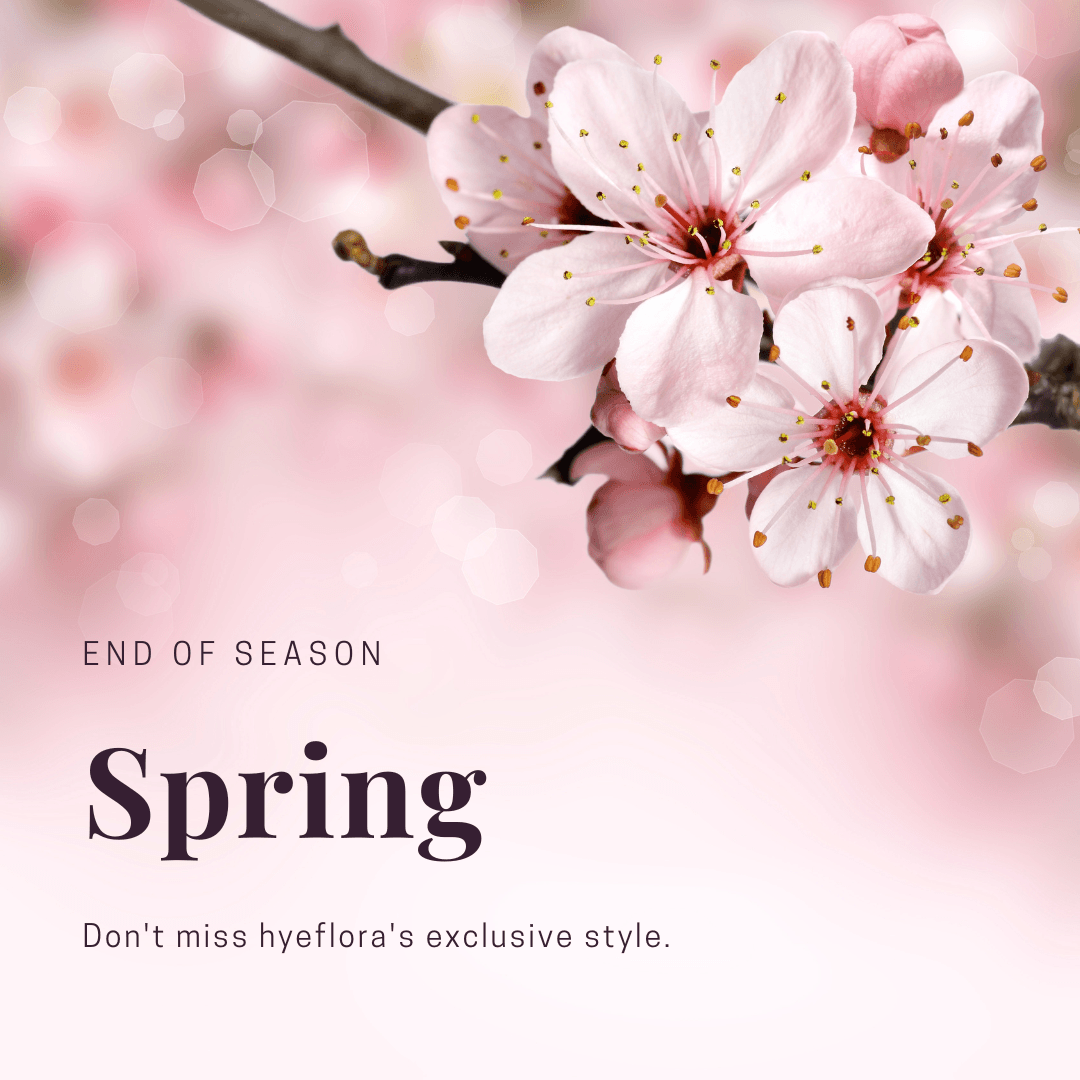![]()
People Prefer Artificial Flowers or Fresh Flowers?
The biggest difference between real and fake flowers lies in their lifespan and maintenance. If you understand this, you'll know why people now prefer artificial flowers.
6 Biggest Difference Between Real And Fake Flowers
In the United States, there are 81 million people suffering from pollen allergies. The emergence of artificial flowers and plants is a tremendous relief for allergy sufferers. Nowadays, artificial flowers made of materials like silk, paper, or plastic offer a wide range of flower choices for home or office decoration.
The convenience of caring for artificial flowers is a significant advantage for those without gardening skills. Typically, artificial flowers only need to be cleaned every 30-60 days and require infrequent replacement. Each cleaning session takes just a few minutes, restoring their vibrant appearance.
The simple maintenance tasks free up more time for you to enjoy other beauties of life.
In the United States, nearly 86.9 million households keep pets. The pollen from real flowers can be inhaled through the air or cause contact dermatitis through direct skin contact, posing a risk to both pets and their owners. Artificial flowers offer pet-friendly alternatives that real flowers cannot provide. You can freely decorate your home with artificial daisies, camellias, and various types of artificial greenery.
In addition to their long-lasting nature, artificial flowers also possess excellent plasticity, allowing floral designers to fully unleash their creativity. The combination of techniques such as bending, folding, stringing, and cutting opens up more possibilities for creating lifelike floral arrangements. These lifelike artificial flowers, paired with a rich variety of colors, evoke feelings of passion, wonder, amazement, and eternal beauty.
2. Fresh vs Artificial Flowers For Wedding
Real flowers :
Flowers are irreplaceable; they are the crystallization of nature's beauty. The authentic colors and natural imprints they bear are impossible to replicate. The genuine fragrance they emit is deeply soothing and cannot be substituted with perfumes or essential oils. However, the short lifespan and inability to preserve flowers pose the most significant challenges. For events like weddings that require a large quantity of flowers, transporting them from distant locations to the venue becomes necessary. Unfortunately, factors such as distance, transportation methods, or weather conditions can lead to a decline in the quality and freshness of flowers. During transportation and arrangement, many flowers may be damaged, resulting in inevitable losses, both in terms of quality and budget.
Artificial flowers:
The inability to fully replicate the appearance and scent of real flowers is the sole drawback of artificial flowers. However, to compensate for the issue of flower damage, artificial flowers are the only choice. Firstly, most artificial flowers are made from silk, which can closely mimic the appearance, color, and texture of real flowers to a great extent. Additionally, artificial flowers offer greater freedom and creativity in environmental decoration. Moreover, they can be used for extended periods and can be resold or rented, contributing to environmental sustainability and cost-effectiveness. In terms of eco-friendliness and value for money, the advantages of artificial flowers and plants are undeniable.








